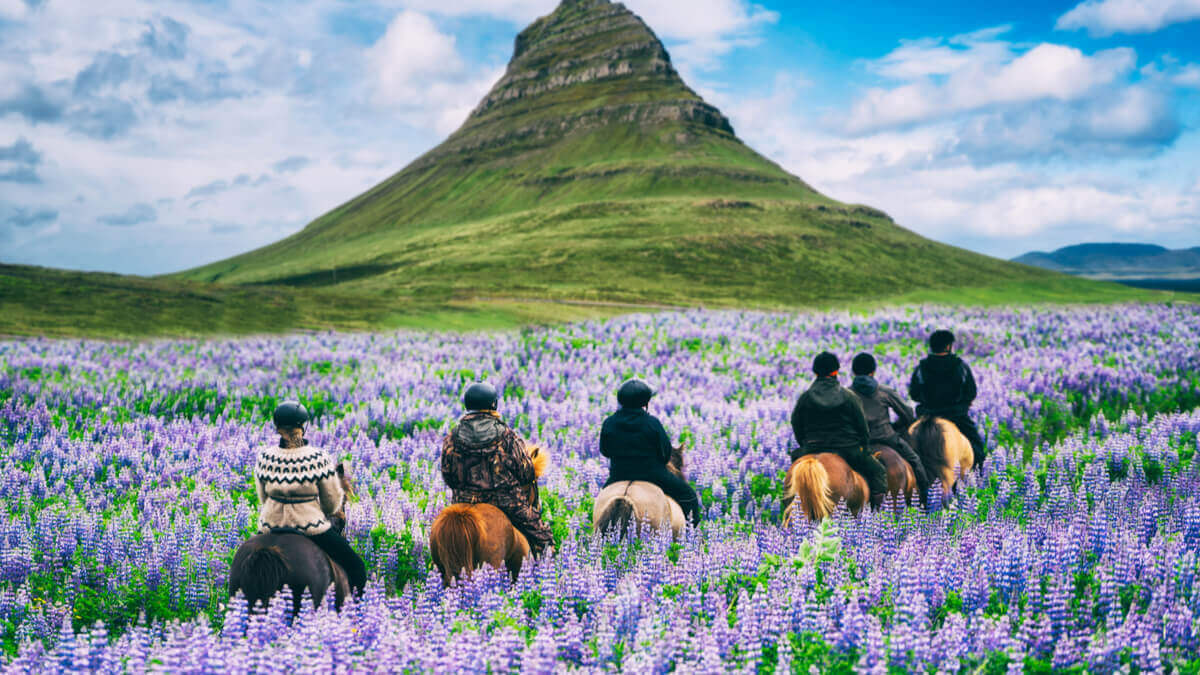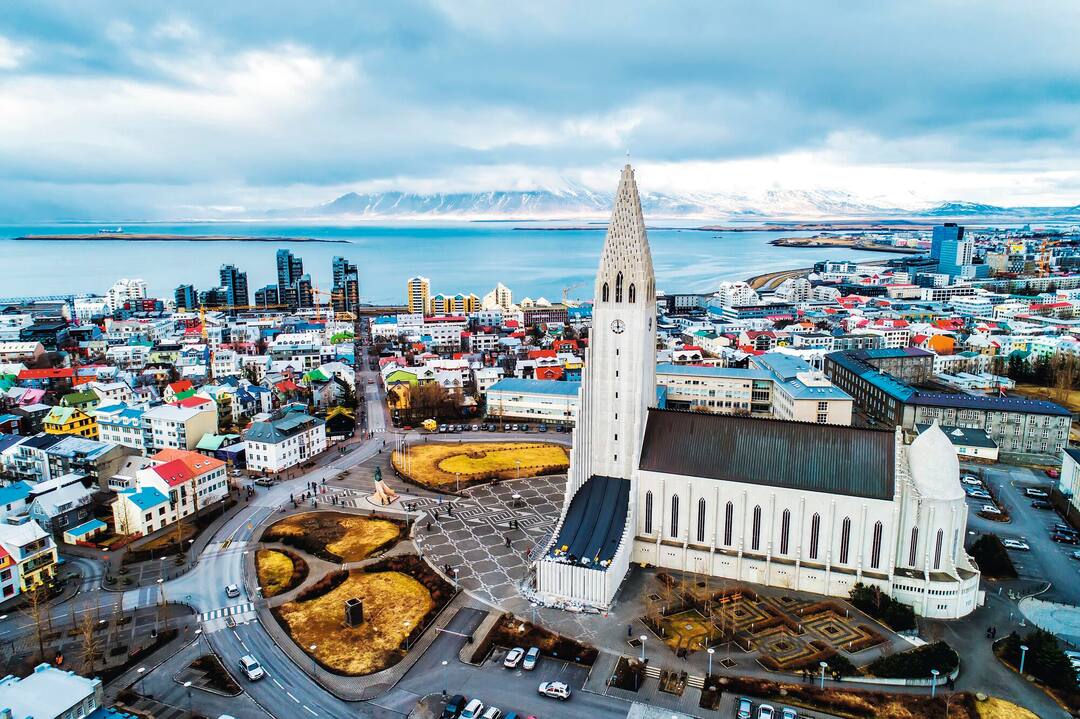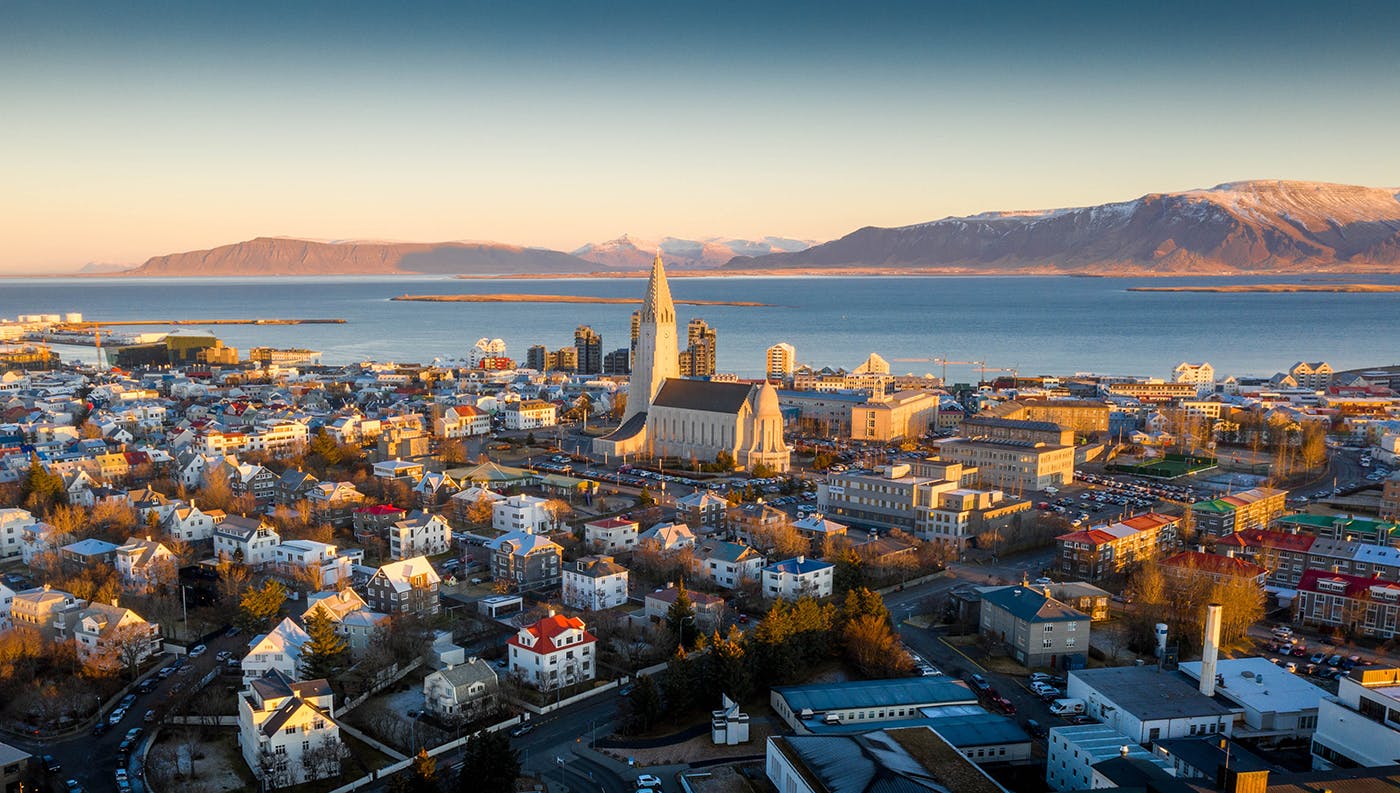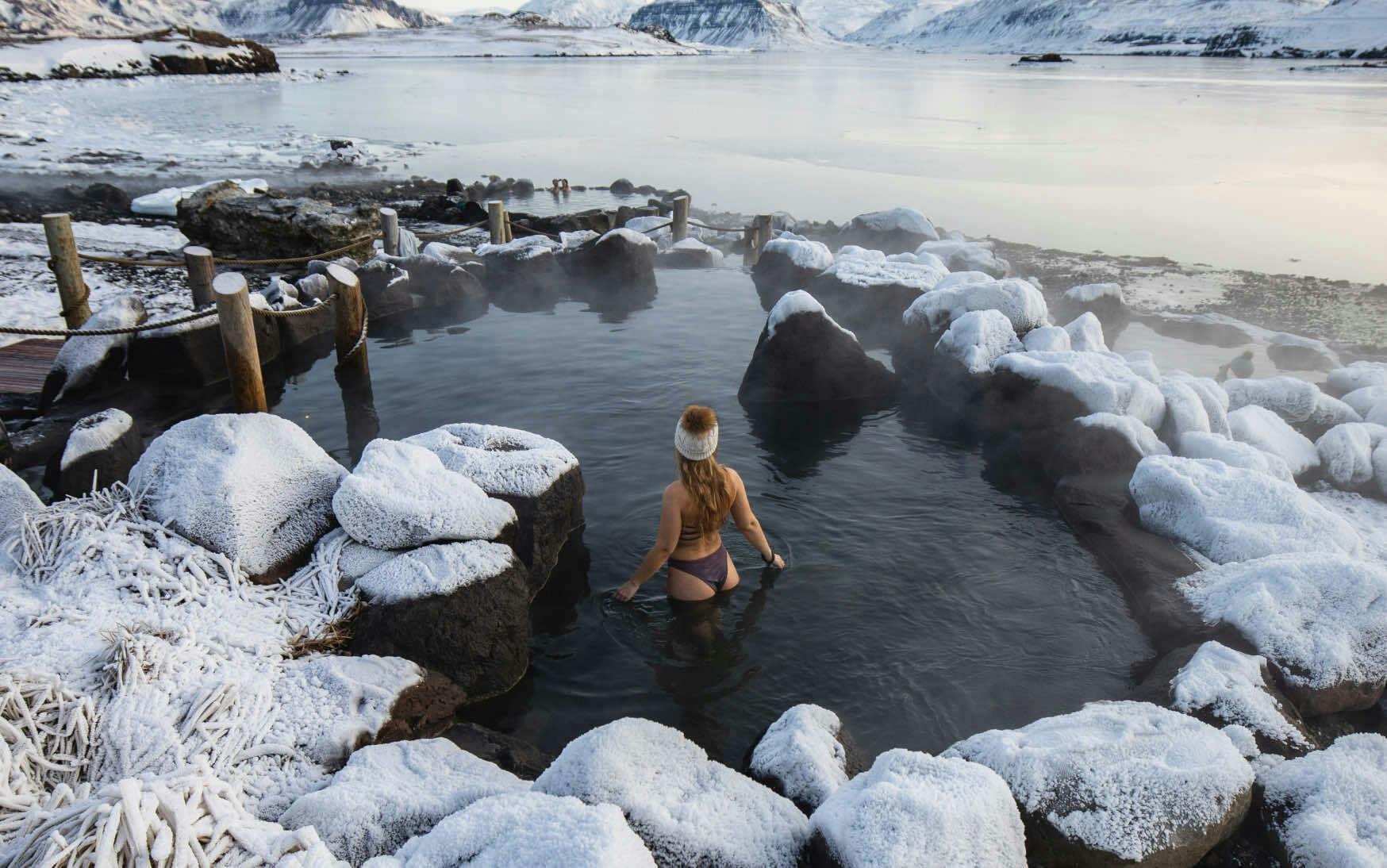We give you all the details you need to have an amazing trip to Iceland. There are different things to do depending on the season. For example, you can see the beautiful Northern Lights in the fall or enjoy long days and warm temperatures in the summer.

If you want to do and see a lot, there is no one best time to go to Iceland. The following list shows what each season has to offer:
1. Summer (June–August): This is Iceland’s busiest tourist season. The long days and mild weather make it a great time to explore the outdoors. In the summer, there are about 24 hours of daylight, which gives you more time to see the sights and do things outside, like climbing, watching whales, and kayaking. But remember that this is also the busy time of the year when prices are higher and there are more people.
2. Fall, from September to November: This is a less busy time to visit Iceland, with fewer tourists and cheaper prices. Though it’s cooler and rainier, you can still see the Northern Lights after September 30. Also, the Icelandic sheep are picked up in the fall, which is also a time to see traditional farming activities.
;img.crop(width:1080%2Cheight:608))
The winter months, from December to February, are one of the most magical times to visit Iceland. The fields are covered in snow, the waterfalls are frozen, and you might even see the Northern Lights. But the weather isn’t always reliable, so you should be ready for snowstorms, cold weather, and strong winds. Winter is also a low season, which means that things will be less crowded and cost less.
4. Spring (March–May): Spring is the best time to visit Iceland because it is less busy and cheaper, and the days are longer and warmer than winter. For the first time, you can see birds building their nests and kids being born. Too bad that some roads and sights might still be closed because of snow and ice.
Before you book your trip to Iceland, you should look at a number of places. Here are the three best ones we can think of.

1. Hotel Rangá: This is a high-end boutique hotel in South Iceland, close to the famous Golden Circle road. It has a unique theme based on astronomy and stargazing. The hotel has elegantly decorated rooms and suites, a gourmet restaurant serving Nordic food, and an outdoor hot tub with great views of the countryside.
2. Ion Adventure Hotel: The Ion Adventure Hotel is a sleek and modern hotel in the Golden Circle area that is meant to fit in with its natural surroundings. The hotel has stylish rooms with windows that go all the way to the sky, a restaurant that serves Icelandic food, and a spa with a steam room, sauna, and hot tubs outside.

3. The Retreat at Blue Lagoon: Blue Lagoon is one of the most famous places for tourists to visit in Iceland, as we already said. The Retreat at Blue Lake takes this to a whole new level by providing high-end rooms, private access to the lake, and a top-notch spa. The rooms at the hotel have floor-to-ceiling windows with beautiful views of the lagoon. The spa has a variety of signature treatments that use algae and silica mud from the area. In general, The Retreat at Blue Lagoon is a peaceful and relaxing place to get away.
Even though it’s not necessary, renting a car in Iceland is suggested so you can get around and see as much as possible while you’re there. Here is a list of Iceland’s ten best places to visit.
1. Reykjavik: The capital city of Iceland is a must-see for its lively culture, brightly colored homes, and delicious Nordic food. You can walk around the bay or go to the well-known Hallgrímskirkja Church.
:max_bytes(150000):strip_icc()/reykjavik-cityscape-in-iceland-158525984-5c1182144cedfd00018fbb38.jpg)
2. Blue Lagoon: The Blue Lagoon is a volcanic spa with warm water that is full of minerals and silica mud. It is one of the most popular places for tourists to visit in Iceland. It’s a great spot to rest and chill out after a day of sightseeing.
Part of the Mid-Atlantic Ridge is Thingvellir National Park, a UNESCO World Heritage site. This is where the North American and Eurasian tectonic plates meet. You can see the rift valley, waterfalls, and the Silfra fissure’s clear water from this spot.
4. Seljalandsfoss Waterfall: This is one of the most beautiful waterfalls in Iceland. It is on the South Coast and falls 60 meters into a calm pool below. You can get a different view if you walk behind the waterfall.

5. Skogafoss Waterfall: This is another beautiful waterfall on the South Coast. It falls 60 meters and is bordered by lots of trees and plants. To get a better look, you can take the stairs to the top.
6. Vatnajokull Glacier: This is the biggest glacier in Europe, and it covers 8% of Iceland’s land area. You can take a guided walk of the glacier or a helicopter ride to see it from above.
Seventh, the Jokulsarlon Glacier Lagoon is on the southeast coast of Iceland. It is full of icebergs that broke off the nearby Breidamerkurjokull glacier. You can get close to the icebergs by boat.
8. The Snaefellsnes Peninsula, which is on the West Coast and is known as “Iceland in miniature,” has lava fields, steep cliffs, black sand beaches, and cute fishing towns.

9. Akureyri: Akureyri is the second-biggest city in Iceland. It is in the north and is known for its lively art scene, botanical parks, and ski resort.
10. Myvatn Lake: This beautiful lake is in the northeast and is surrounded by geothermal activity and interesting rock forms. You can go climbing, watch birds, and relax in the hot springs there.
Finally, Iceland is a wonderful place that everyone should visit at least once in their lifetime. It is a great place for outdoor adventurers because it has beautiful scenery, geothermal pools, and glaciers. We hope that the information in this piece has helped you make plans for your trip to Iceland. Don’t forget to hit “Subscribe” to get more helpful tips!